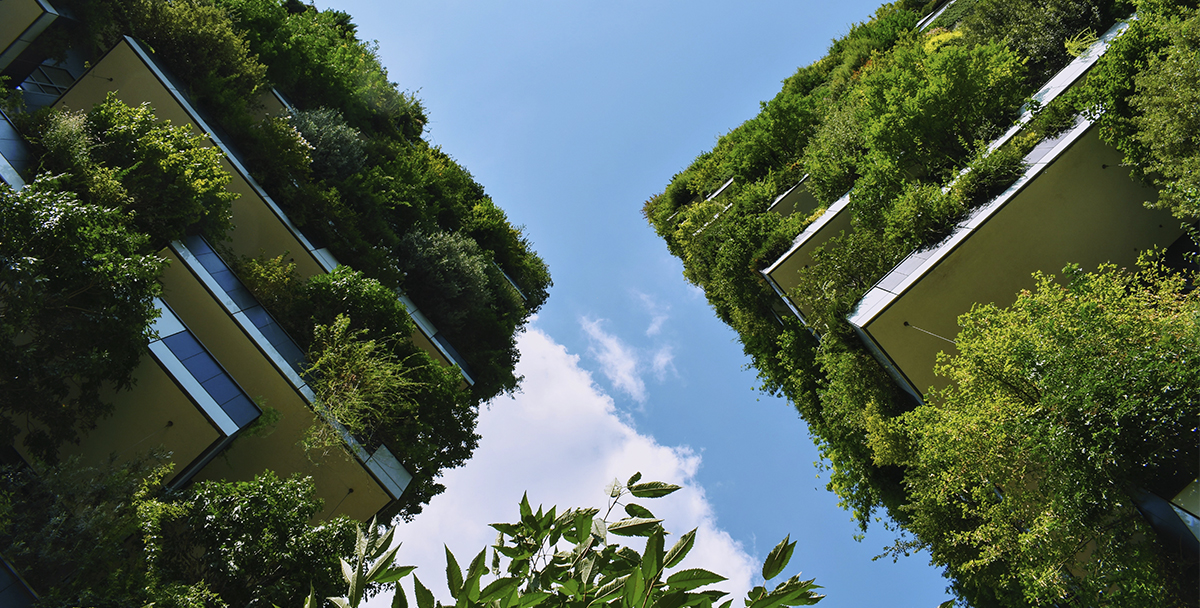
Creation date
A growing movement in the fight against climate change and for greater sustainability in all industries is the concept of the circular economy. Those who subscribe to this concept are focused on creating production systems that focus on reusing and recycling natural resources to help curb the release of greenhouse gases and the depletion of natural resources.
A large part of this economic revolution, alongside the more general fight to reduce the effects of climate change, is rethinking architecture, particularly large buildings, and how they are renovated and constructed.
The Circular Economy, Sustainability and Building Renovation
Currently, many European countries are focusing on a renovation wave, trying to upgrade standing older buildings in the European Union to make them more energy efficient. The goal of this massive effort throughout the continent is to achieve a carbon-neutral European Union by the end of 2050.
A large part of this effort involves incorporating many circular economy principles to reduce the number of resources and materials used in the construction or renovation of buildings and minimize the emissions that come from these buildings when in use.
One of these principles is to reduce the amount of new materials produced to renovate or create new buildings. Experts believe that 20-25% of the life cycle emissions of current EU buildings are embedded in building materials. By reducing the use of these materials, we can see a direct reduction in greenhouse gas emissions.
Another way these principles are being used is to reduce the demand for new construction by extending the lifespan of existing buildings and increasing the density of their use.
Achieving Climate Neutrality
Reducing the effects of climate change is the end goal, and experts believe that greenhouse gas emissions can be reduced greatly by 2050 by using a circular economy approach to buildings and construction in the EU.
Source: Own & EEA
